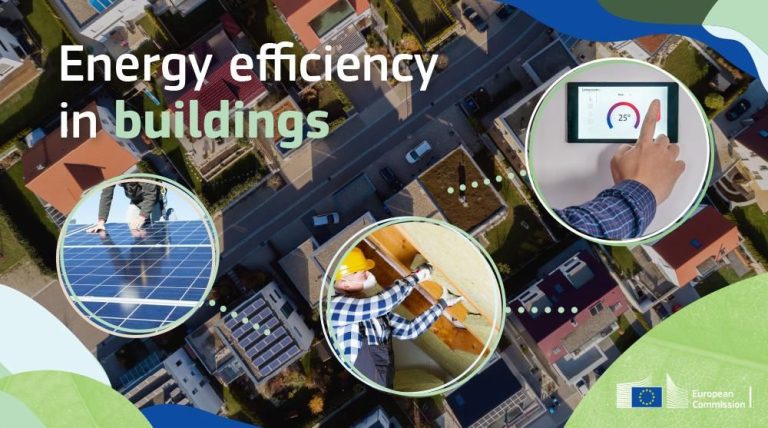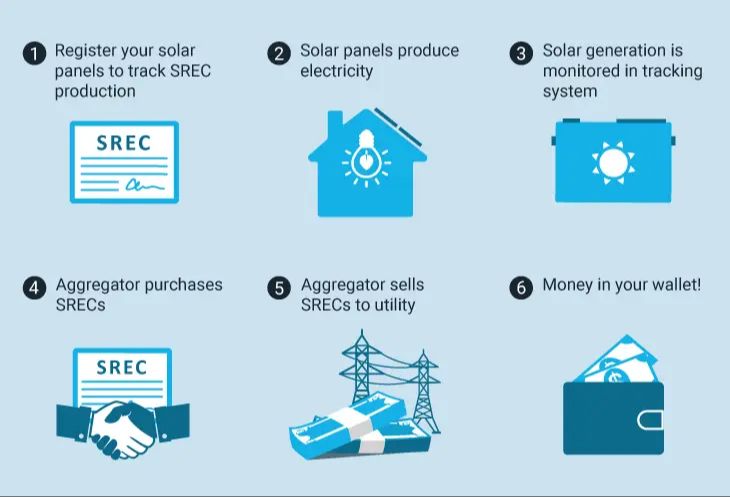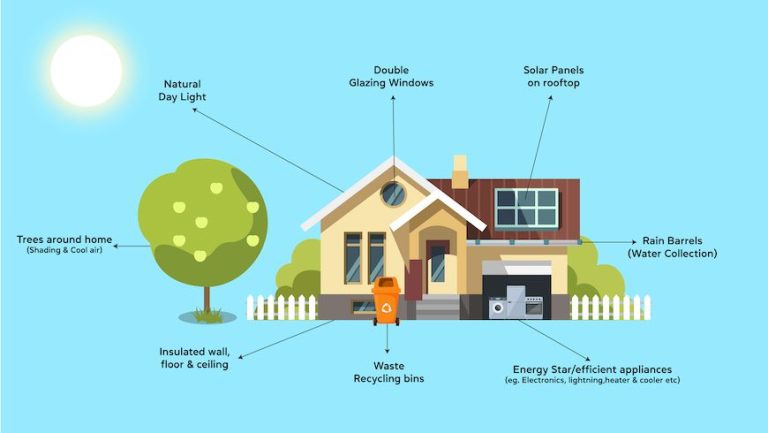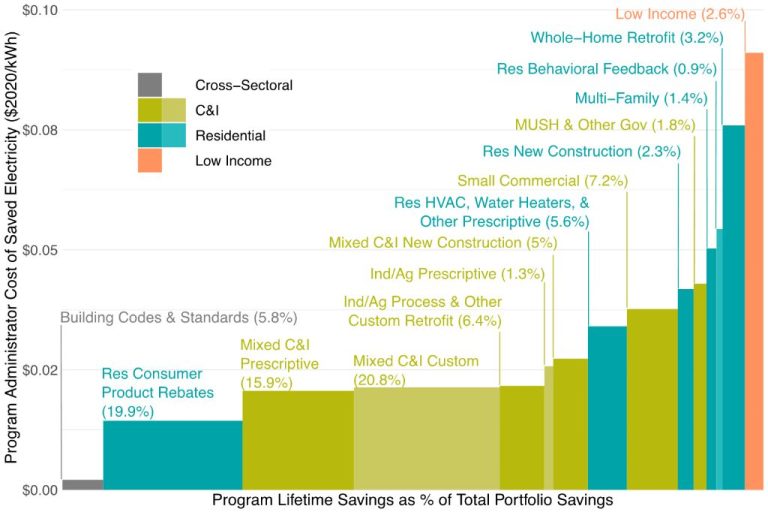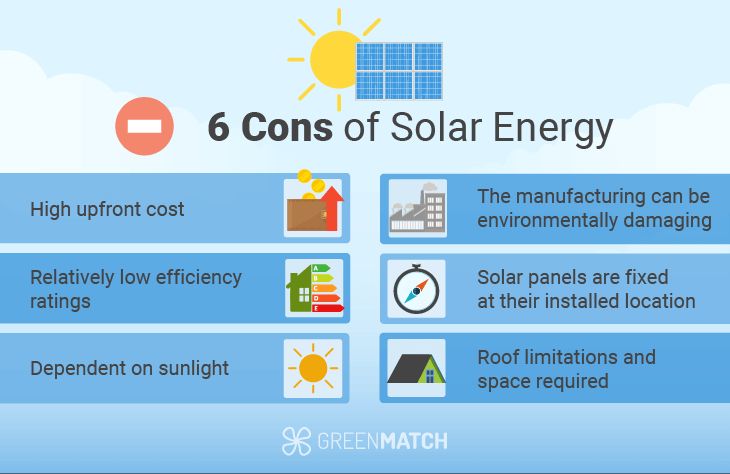Is America’S Power Grid In Danger?
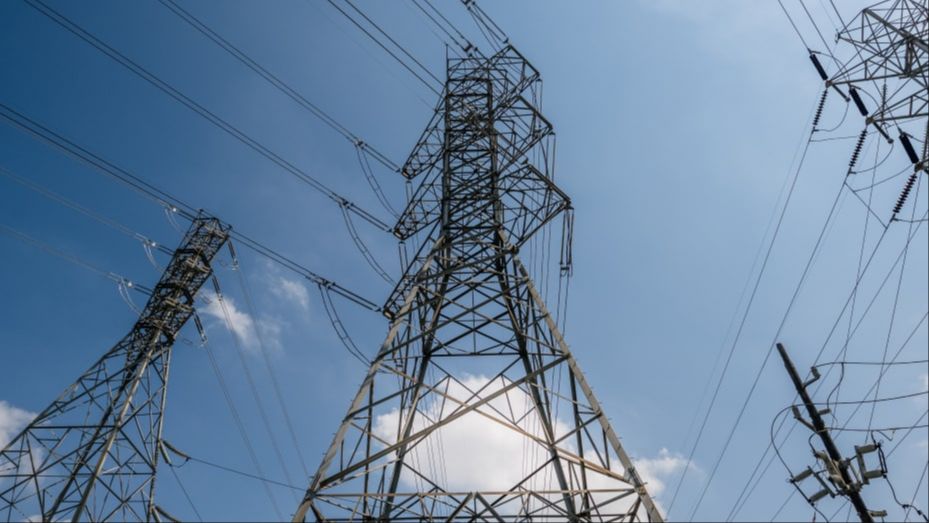
America’s power grid is one of the country’s most critical pieces of infrastructure. It is an interconnected network that delivers electricity from power plants to homes, businesses, and other end users. The power grid is comprised of three components – generation, transmission, and distribution. Electricity is generated at power plants, then carried through high-voltage transmission lines before being stepped down to lower voltages that can be used in homes and businesses. While often taken for granted, the power grid plays an essential role in powering our modern way of life.
According to the U.S. Department of Energy, the U.S. power system is made up of over 7,300 power plants, nearly 160,000 miles of high-voltage transmission lines, millions of miles of distribution lines, and thousands of substations. This vast interconnected system powers America’s homes, hospitals, schools, businesses, defense facilities, and more. Without a consistent flow of electricity, many of the conveniences we’ve come to depend on like lighting, heating, and air conditioning would not be possible. A reliable power supply is also crucial for running industrial equipment, powering communication networks, and ensuring public safety systems are operational.
In an increasingly electrified and digital economy, America depends on a resilient power grid more than ever before. That’s why infrastructure upgrades, modernization efforts, and emergency preparedness are critical for securing the nation’s energy future.
Aging Infrastructure
The majority of existing energy infrastructure in the United States is decades old. According to Reuters, nearly 70% of transmission lines are over 25 years old and approaching the end of their typical 50-80 year lifespan. Lines and transformers are aging without sufficient replacement and upgrades. The average age of large power transformers, which handle 90% of electricity flow in the U.S., is over 40 years old according to a CNBC report. Much of the aging equipment dates back to the 1950s and 1960s.
Increased Electricity Demand
Electricity demand in the United States has been increasing steadily in recent years. According to the U.S. Energy Information Administration (EIA), electricity sales are projected to grow from 3,930 billion kilowatthours (kWh) in 2022 to 4,297 billion kWh in 2025, an average annual increase of 1.9% (EIA). This continued growth in demand is putting additional stress on an already aging electric grid.
Several factors are driving electricity demand higher. Population growth, more electrical devices in homes, increasing electrification of transportation, and growth in data centers and cryptocurrency mining operations all contribute to rising consumption. A recent report from Grid Strategies LLC found that peak demand could grow 38 gigawatts (GW) over the next five years, far exceeding previous forecasts (UtilityDive).
This unexpected jump in electricity demand is concerning, as the report notes the grid currently lacks sufficient infrastructure to handle such growth. Without adequate transmission lines, power plants, and other grid assets, reliability issues could arise if demand continues climbing faster than anticipated.
Extreme Weather Threats
Extreme weather events like heat waves, severe storms, and flooding are causing more frequent and longer-lasting power outages across the United States.
According to Climate Central, weather was responsible for about 83% of major power outages from 2000-2021, with the number of customers affected by weather-related outages more than doubling in that time period (source).
Higher temperatures put strain on the electric grid as more people run air conditioners. This can cause transformers and power lines to overheat and fail. Major heat waves in recent years have led to rolling blackouts in places like California and Texas as electricity demand surged past supply (source).
Severe storms with high winds, lightning, and flooding can damage power lines and knock out electricity to homes and businesses. Hurricane Sandy in 2012 left over 8 million customers without power across 21 states. Outages from storms can last days or even weeks until utility crews can fully assess and repair the damage.
As climate change accelerates, experts warn that extreme weather and resulting blackouts will continue to increase across America’s aging electric grid unless major investments are made in strengthening infrastructure.
Cybersecurity Vulnerabilities
The U.S. power grid faces significant cybersecurity risks from a variety of threat actors according to The U.S. Senate Republican Policy Committee. These include criminals, terrorists, hacktivists, and particularly foreign adversaries like China and Russia. There are major concerns over the hacking of industrial control systems that are used to operate things like power generators and the electric grid.
According to the U.S. Government Accountability Office, the electricity grid is an attractive target for cyberattacks from U.S. adversaries. They point out the grid is increasingly being connected to the internet, wireless networks, and other systems. This provides more opportunities for hackers to gain access and launch attacks (GAO).
Experts warn that a large-scale cyberattack on the U.S. power grid could cause widespread blackouts and damage that takes weeks or months to recover from. There are concerns that hackers could take control of systems and cause power generators or other equipment to self-destruct. Upgrading cybersecurity and protecting industrial control systems is considered a national security priority.
Lack of Investment
The U.S. power grid has suffered from decades of underinvestment in modernization and upgrades. Much of the grid still consists of infrastructure originally built in the 1950s and 1960s that is now long past its retirement age. According to the Department of Energy, 70% of transmission lines and power transformers are over 25 years old, and the average age of power plants is over 30 years old (DOE, 2023).
This aging infrastructure has resulted in an inefficient and unreliable grid that wastes electricity through transmission losses. The American Society of Civil Engineers gave the U.S. energy infrastructure a C- grade in its 2021 report card, noting the need for over $500 billion in investment by 2029. They stated “the U.S. power grid is aging, underfunded, and overburdened,” highlighting the urgent need for upgrades and repairs (Canary Media, 2023).
However, utilities and regulators have not prioritized steady, long-term investments in modern grid technologies and resilience. Federal funding for research in advanced energy technologies has also declined nearly 75% since the 1970s. This lack of consistent investment and planning has left the U.S. lagging behind other advanced nations in grid modernization. But new government initiatives like the Grid Resilience Grants Program established by the Bipartisan Infrastructure Law aim to spur $5 billion in matching private investment for transmission and grid improvements over the next 5 years.
Policy Challenges
One major challenge facing efforts to modernize and strengthen the power grid is difficulty in passing comprehensive infrastructure legislation. Despite bipartisan agreement that the nation’s energy infrastructure is outdated and vulnerable, major policy initiatives have stalled in Congress.
For example, the Biden administration’s Build Back Better agenda originally called for over $100 billion in grid upgrades and clean energy investments, but this bill struggled to gain support and ultimately collapsed in Congress. Partisan disagreements, lobbying efforts, and general legislative inertia make it difficult to mobilize federal resources on the scale experts say is required.
State regulators and utility companies have picked up some of the slack, but comprehensive national standards and support are still lacking. Until policymakers can overcome obstacles to pass meaningful infrastructure spending bills, progress on modernizing the grid will continue to be slow and piecemeal.
Technological Advances
There are promising technological advances underway to modernize and strengthen the power grid. The development of smart grid technology is enabling greater real-time monitoring and control of the electric system. Smart meters provide customers and utilities enhanced data, while smart sensors across transmission lines allow operators to quickly identify issues. Improved grid analytics and automation can also optimize energy delivery and detect problems proactively.
Advances are also helping integrate more renewable energy sources onto the grid through better forecasting of variable output. Investments in digital substations, microgrids, and other innovations provide more flexibility and resilience. According to the Department of Energy, the U.S. electricity transmission system may need $300 to $500 billion in upgrades over the next 20 years to support grid modernization and renewables integration. https://www.energy.gov/gdo/articles/what-does-it-take-modernize-us-electric-grid
Overall, rapidly evolving technology provides hope for transforming the aging grid into a more modern, reliable, and low-carbon system. However continued investment and policy support are critical to drive progress and fully realize these benefits.
Call to Action
While the challenges facing the U.S. power grid are significant, there are important steps policymakers, utilities companies, and the public can take to bolster resilience and security:
Policymakers should continue to prioritize funding for grid upgrades and modernization. The Biden administration’s Bipartisan Infrastructure Law provides $65 billion for grid improvements, but sustained investment will be needed.
Utilities can invest in technologies like smart meters, microgrids, and energy storage to make the grid more responsive and resilient. They should also coordinate with government agencies on cybersecurity efforts.
Individuals and communities can prepare for potential blackouts by having emergency plans and supplies. Using electricity wisely, especially during peak hours, can reduce strain on the grid.
A secure and reliable power system is vital for the economy and national security. Addressing the risks will require coordination across the public and private sectors. But targeted investments and upgrades can help ensure electricity remains available to all who depend on it.
Conclusion
America’s power grid faces significant dangers from aging infrastructure, increased electricity demand, extreme weather events, and cyberattacks. Much of the grid relies on technology developed decades ago that is becoming more prone to failure. At the same time, electricity usage continues to rise, stressing the system. Severe storms, flooding, heatwaves and other extreme weather linked to climate change further threaten reliability. Meanwhile, the grid remains vulnerable to cyberattacks due to lack of investment in security.
To address these mounting risks, substantial investment and policy reform is needed at both the federal and state levels. Upgrading infrastructure to use smart grid technology and improve resilience will be crucial but costly. Efforts to harden facilities against extreme weather while also reducing carbon emissions must accelerate. Strict cybersecurity standards for the industry could guard against hacking. Streamlining regulations and creating incentives can spur modernization. With a coordinated nationwide effort, America’s power grid infrastructure can be transformed to meet 21st century demands and withstand modern threats.

